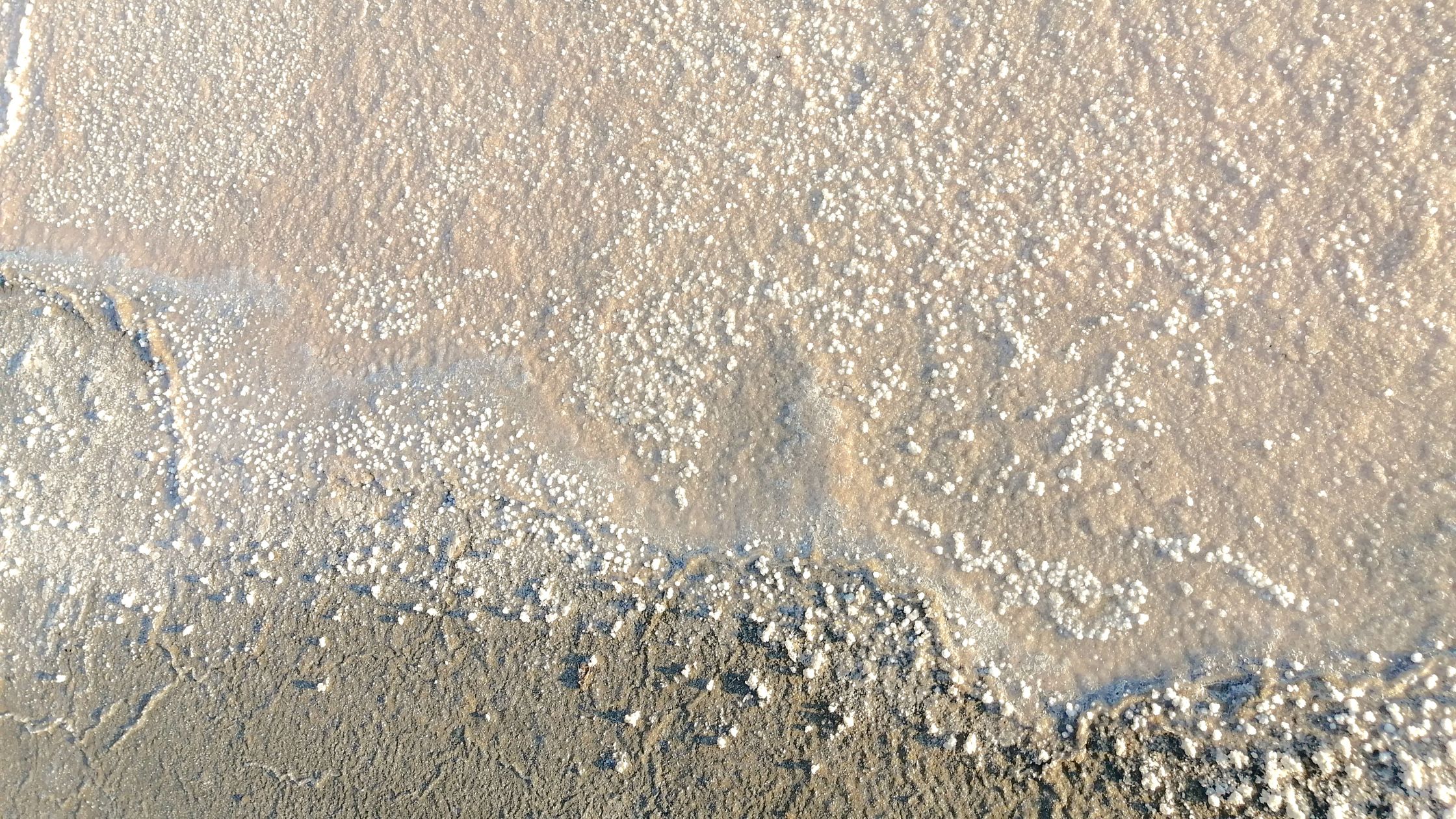Saltpetre, also known as potassium nitrate, can be a real headache for many homeowners. Are you familiar with those ugly white or greyish patches on your walls? Well, it’s saltpetre that’s invading your home uninvited, causing not only aesthetic problems but sometimes structural ones too. So it’s time to take a serious look at the issue.
OK, I can already hear you saying: “But why should I get rid of it? Apart from spoiling the aesthetics of your home, saltpetre can be an indicator of damp and drainage problems. And believe me, you don’t want to let these problems get comfortable in your home. They can cause much more serious damage to your home if you don’t deal with them in time.
To eliminate saltpetre effectively, it’s essential to understand what causes it. Basically, saltpetre forms when nitrate salts from the ground mixed with water, and rises into your walls . It’s a bit like your walls are sweating, but not real sweat obviously, they are sweating salt crystals (also called saltpetre).
Understanding the causes of saltpetre
Explanation on how saltpetre is formed
Saltpetre isn’t just a strange word found in old history books. It’s also a real problem for our walls and houses. But how does it form? It’s quite simple really. Saltpetre forms when nitrate salts, something you probably wouldn’t want in your soup, mix with water in the ground. They then rise to the surface of the walls and turn into those nasty white powdery stains that nobody likes to see.
Factors contributing to the appearance of saltpetre
You’re probably wondering what could be attracting this saltpetre to your home. There are several factors that can contribute to its appearance. Excessive damp, for example, can play a major role. Just imagine if your walls were constantly soaked, it wouldn’t be long before they looked like a geography map with all those stains! Poor ventilation can also be to blame for. Our homes need to breathe a little, otherwise they risk to suffocate and then become the ideal environment to develop saltpetre. Not to mention poor insulation and porous materials that can let water in more easily than your invasive neighbours.
Importance of diagnosing the source of damp
Now that we’ve identified the potential culprits, it’s time to move on to the most important part: diagnosing the source of the damp. Before you start a never-ending war against saltpetre, it’s crucial to understand where all that water is coming from. Is it a leaky tap in the bathroom? Water seeping into the foundations of the house? Or perhaps just poor ventilation in the cellar? Whatever the source is, it’s essential to get it sorted out before you can say goodbye to saltpetre once and for all.
So, now that you know what’s behind those nasty stains on your walls, it’s time to take action and say goodbye to saltpetre for good!
Methods to remove saltpetre
Cleaning affected surfaces
Tired of seeing those saltpetre stains on your walls? Don’t panic, we’ve got a few tips to help you get rid of them. First of all, use wire brushes, scrapers or stiff bristle brushes. By gently scrubbing the affected surfaces, you can remove much of the saltpetre that’s embedded on your walls. It’s a bit like giving your walls a good sweep, but a bit more intense.
Treating walls with anti-saltpetre solutions
If manual cleaning isn’t enough to get rid of saltpetre, it’s time to bring out the heavy artillery. Anti-saltpetre solutions are specially designed to eliminate this problem permanently. Have you heard of polarity inverters? These devices full of technology will help to combat and treat both saltpetre and damp at source. To find out more, click here.
So, now that you know the effective method for removing saltpetre, it’s time to take action and restore your walls to their former glory!
Long-term prevention and maintenance
Make sure you have proper ventilation in and around your home. You know, like when you open the windows to let some fresh air in. This reduces the build-up of moisture in the air, which can contribute to the formation of saltpetre.
Now that you’ve taken steps to improve air flow circulation, it’s time to tackle the underlying structural problems. Poor insulation, drainage and plumbing can all contribute to moisture build-up in your walls, creating an ideal environment for saltpetre to grow. Take time to solve these problems as soon as they appear to avoid future damp issues.
Finally, don’t forget to check the condition of your walls regularly and look for the first signs of saltpetre. A small white spot here, a greyish patch there… Don’t ignore them! Act quickly to remove the saltpetre as soon as it appears to prevent it spreading and causing greater damage to your walls.
By following these simple but effective tips, you can protect your home against saltpetre problems in the long term.
For more info, contact BFL® INTERNATIONAL!

